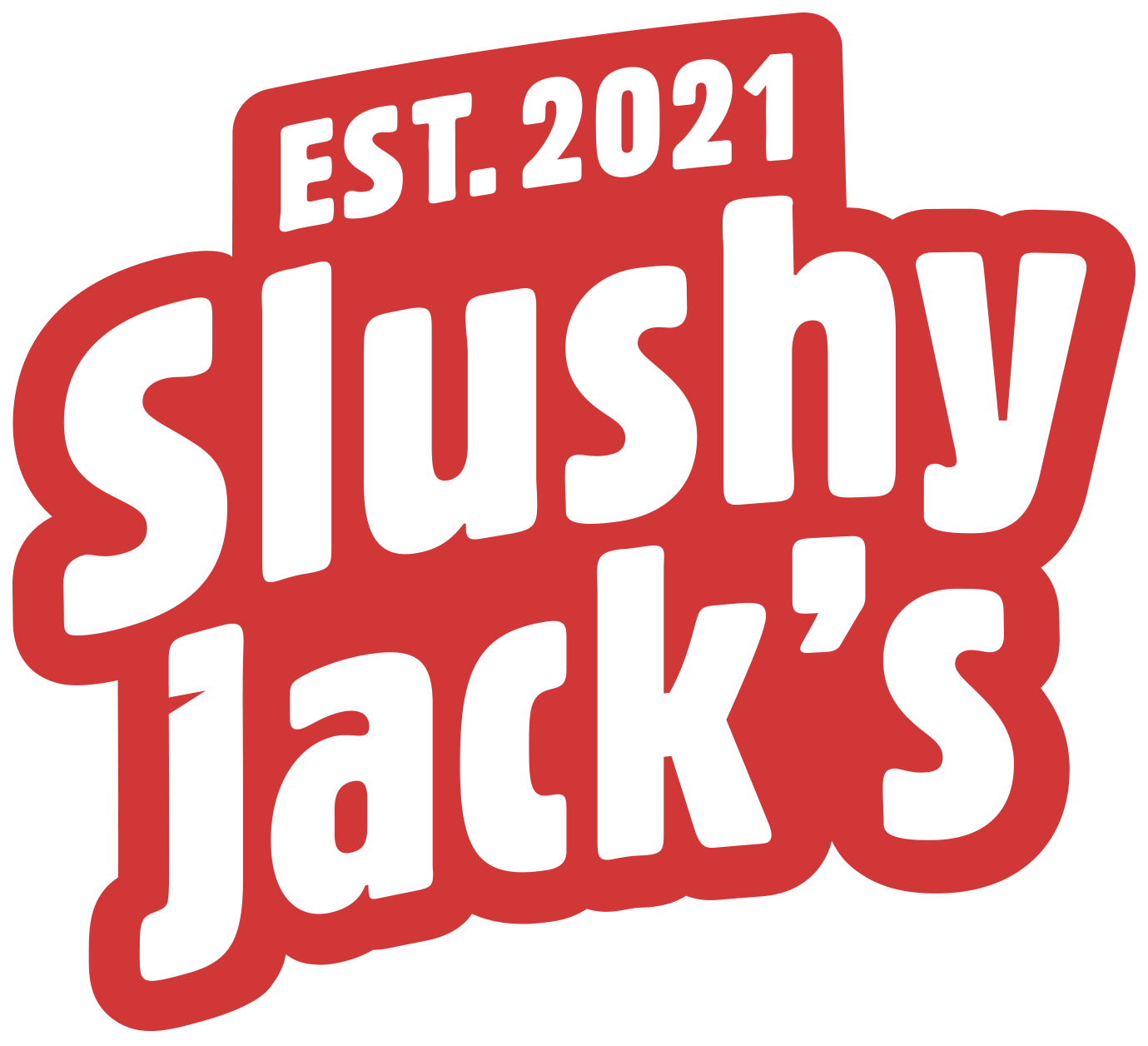Glycerol, in Sports
Glycerol, when used in sports, primarily aids in hyperhydration, enhancing the body's ability to retain water and improve performance during endurance exercise. It does this by increasing plasma volume, improving thermoregulation, and potentially delaying fatigue. However, not all studies show significant benefits, and some suggest that water hyperhydration might be just as effective.






















